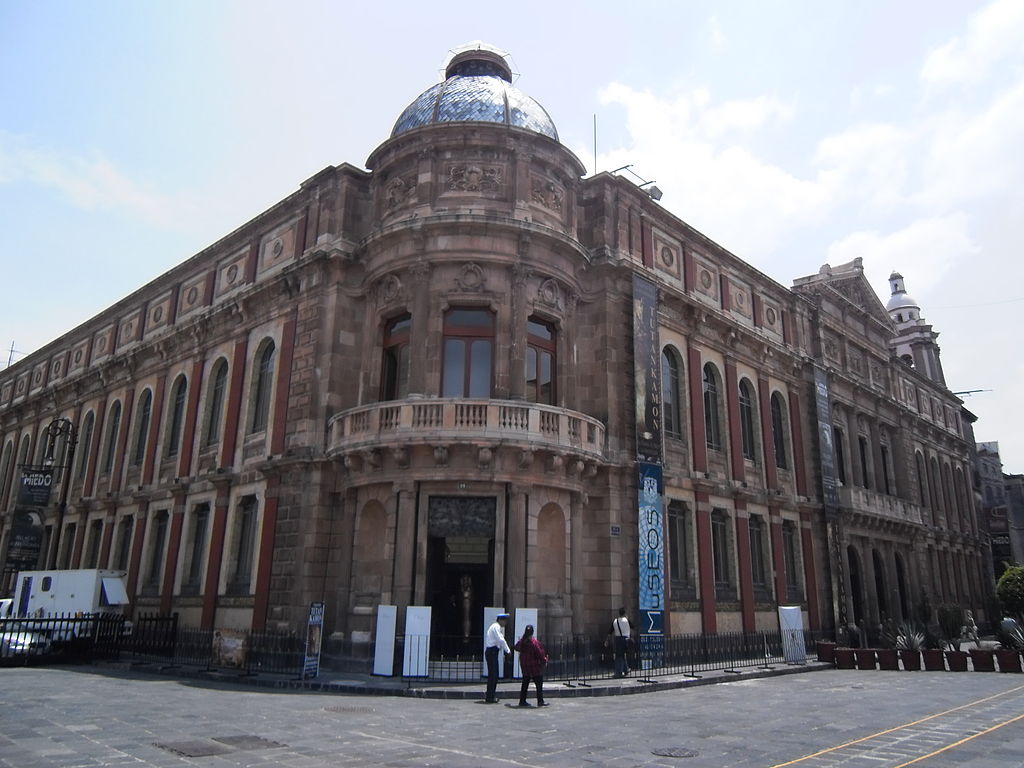
The Palace of Autonomy (Palacio de la Autonomía) celebrates the notion of that big, political word that so confounds international visitors. In fact, freedom from government control, academic freedom, had to be fought for and won, by students, professors, academics and researchers.
The reverberations are still felt today. The word Autonomous still needs to be spoken every time one names one of these government-supported, public universities.
Today, still a part of UNAM, the palace is the site of a number of museums.
The Building
The Palace building went up in the decades after the Reformation had closed the Santa Teresa Monastery. Built of white stone quarried near Pachuca in Hidalgo, the style is eclectic, combining elements from a number of other styles. Some of the foundations rest on a perimeter wall which surrounded the Templo Mayor site.
After the conquest, the space had been reserved for the Casa de Monedas mint. But soon after became part of the Santa Teresa la Antigua monastery complex. When that complex was closed by the Reformation, this part was converted to residential units. The Porfirio Díaz government soon took over that section and had the present build constructed early in the 20th century. By 1910, it was housing the Normal School of Teachers. This was soon folded into the National University of Mexico which came to be UNAM.
The building served as the UNAM dean’s offices, and the papers granting the University were signed here in 1929. When most of UNAM moved to University City (CU) in 1953, it began serving as the National School of Dentistry. They too moved to CU in 1958. The building then became the School of Nursing and Obstetrics. It then served as the National Preparatory School until 1978.
Today it serves as the Museum of University Autonomy which also hosts a Salon of Mexican Dentistry, a temporary exhibition hall, and an archaeological exhibition. The university radio station UNAM-FM also have studios and archives in the building.
 direccionautonomia@hotmail.com
direccionautonomia@hotmail.com
 +52 (55) 5491 1112
+52 (55) 5491 1112
 http://www.fundacionunam.org.mx/palacio-de-autonomia/
http://www.fundacionunam.org.mx/palacio-de-autonomia/
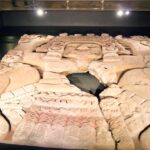
One of the most important sites in the city, even today, don't miss the chance to visit the Templo Mayor.
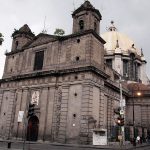
One of the most striking Neoclassical churches in the city center, the Church of Nuestra Señora de Loreto is also one of the most crooked.
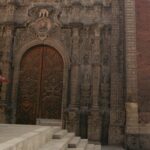
One of the many bright spots in the Centro Histórico, the Santisima Trinidad Church was a favorite of Carlota's.
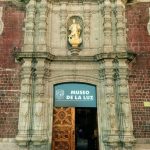
One of the Centro Histórico's most profound science museum's, this one is focused just on light and seeing.
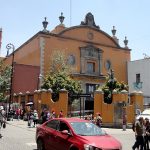
One of the Centro Histórico's most stunning museum complexes, the Church of San Pedro & San Pablo isn't one to miss